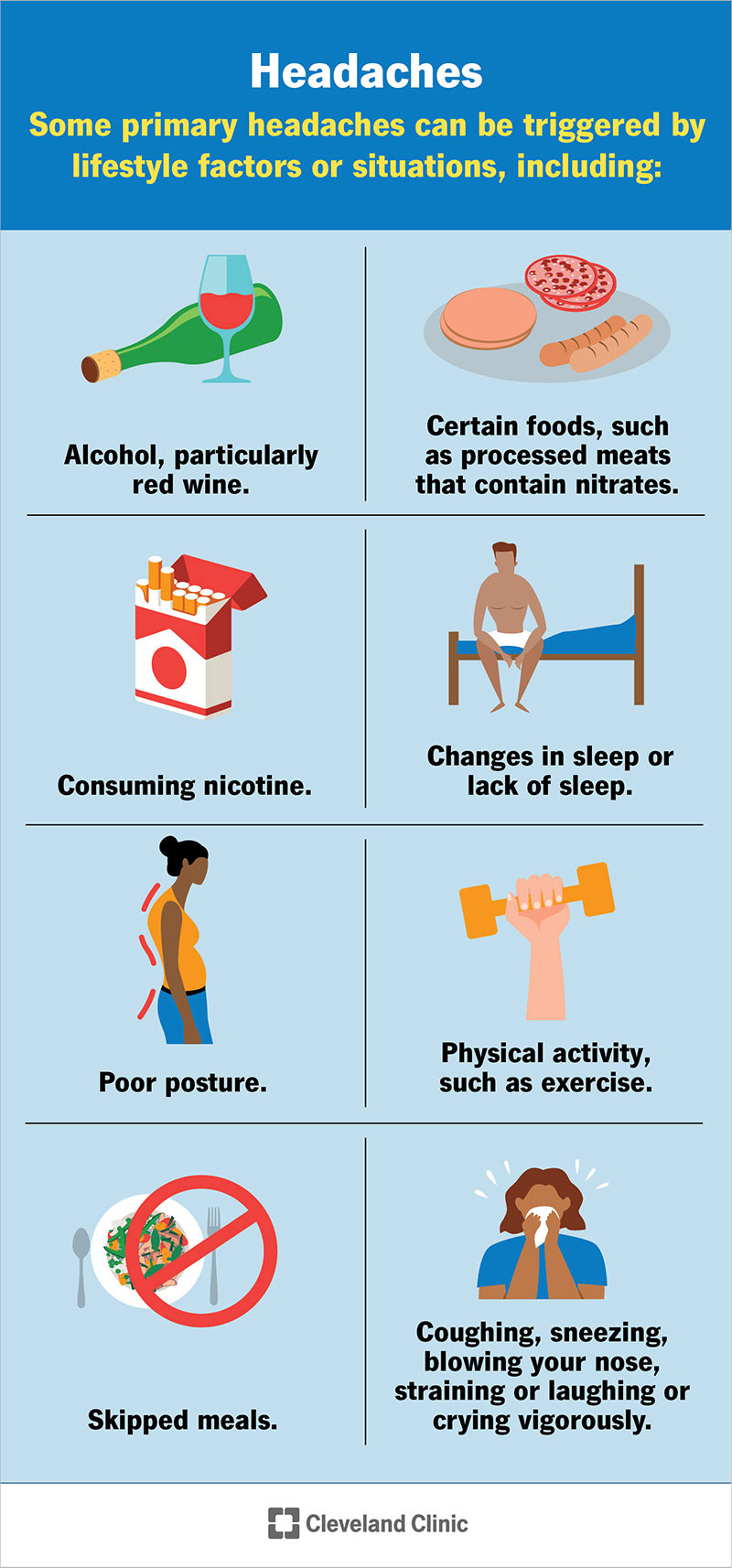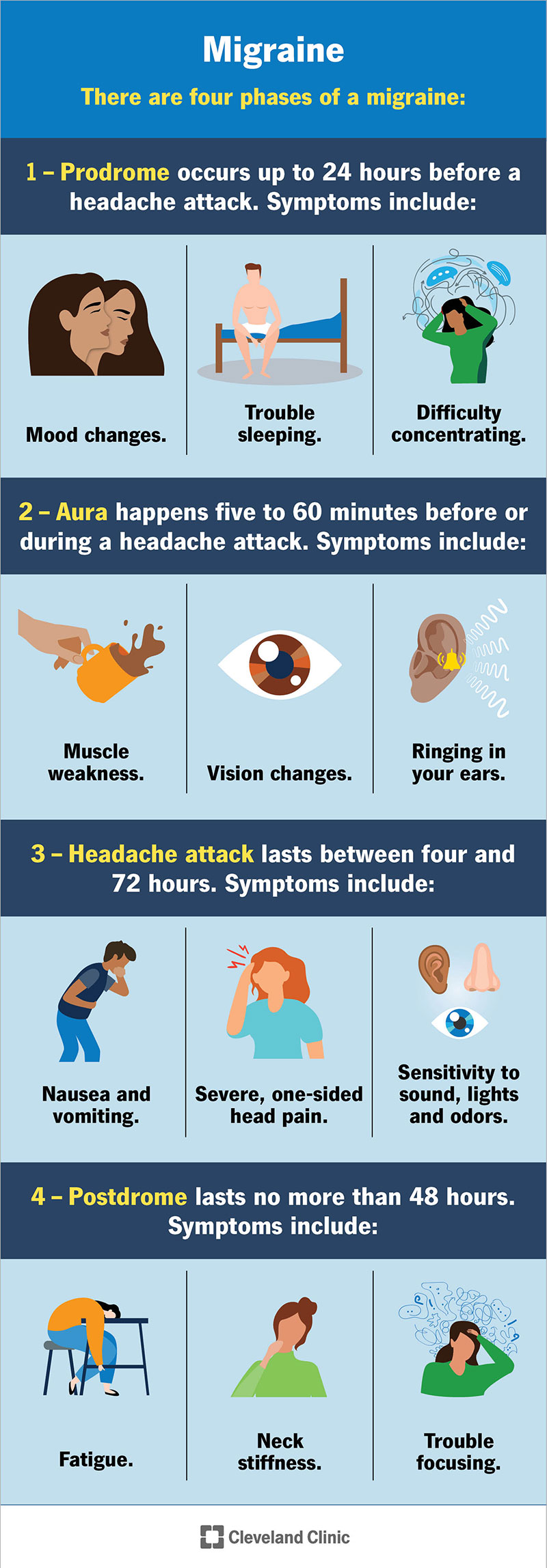Headaches are common and affect many people. They vary in type and cause.
Understanding headaches is crucial for managing them. Different types of headaches can signal various health issues. Causes range from stress to underlying medical conditions. Recognizing symptoms helps in identifying the headache type and seeking appropriate treatment. This blog post will explore what headaches are, the different types, their causes, symptoms, and effective treatments.
By understanding these aspects, you can better manage headaches and improve your quality of life. Stay informed to find the best ways to treat and prevent headaches.
Headache Basics
Headaches are a common problem for many people. They can range from mild to severe. Understanding the basics can help in managing them better.
Definition
A headache is pain in any region of the head. It can occur on one or both sides. The pain can be sharp, throbbing, or dull. It may develop gradually or suddenly. The duration can vary from less than an hour to several days.
Common Myths
Many myths surround headaches. One common myth is that all headaches are the same. This is not true. There are different types, each with unique causes and treatments.
Another myth is that only adults get headaches. In fact, children can suffer from them too. Stress is often blamed for headaches, but it is not the only cause. Dehydration, poor posture, and certain foods can also trigger them.
Types Of Headaches
Headaches can disrupt daily life, causing discomfort and pain. Understanding the types of headaches can help in finding the right treatment. Here are some common types of headaches:
Tension Headaches
Tension headaches are the most common type. They often feel like a tight band around the head. Stress and anxiety are typical causes. The pain is usually mild to moderate. It may last from 30 minutes to a few hours.
Migraine Headaches
Migraine headaches are intense and can be debilitating. They often come with other symptoms. These can include nausea, vomiting, and sensitivity to light and sound. Migraines can last for hours or even days. They are often triggered by certain foods, stress, or hormonal changes.
Cluster Headaches
Cluster headaches are very painful and occur in groups or clusters. They can last for weeks or months. The pain is usually on one side of the head. It can also cause red or watery eyes and a runny nose on the same side.
Sinus Headaches
Sinus headaches are caused by inflammation in the sinuses. They often come with a stuffy nose, fever, and facial pressure. The pain is felt in the forehead, cheeks, and around the eyes. Sinus infections or allergies can lead to these headaches.
Causes Of Headaches
Headaches can disrupt daily life. Understanding the causes helps in managing them. Various factors can lead to headaches. These factors range from lifestyle choices to environmental triggers and underlying health conditions.
Lifestyle Factors
Everyday habits and choices can contribute to headaches. Here are some common lifestyle-related causes:
- Stress: High levels of stress can cause tension headaches.
- Poor Posture: Sitting or standing incorrectly strains neck and back muscles.
- Diet: Certain foods like chocolate, cheese, and caffeine may trigger headaches.
- Dehydration: Not drinking enough water can lead to headaches.
- Sleep Patterns: Both lack of sleep and oversleeping can cause headaches.
- Physical Activity: Overexertion or sudden intense exercise can be a trigger.
Environmental Triggers
The environment you live or work in can also play a significant role. Some common environmental triggers include:
| Trigger | Description |
|---|---|
| Weather Changes | Sudden weather changes or extreme temperatures can cause headaches. |
| Bright Lights | Fluorescent lights or glare from screens can trigger headaches. |
| Strong Odors | Perfumes, chemicals, or smoke can lead to headaches. |
| Noise | Loud or constant noise can be a headache trigger. |
| Air Quality | Polluted air or allergens can cause headaches. |
Underlying Health Conditions
Some headaches are linked to other health issues. These conditions might include:
- Migraines: Severe headaches often accompanied by nausea and sensitivity to light.
- Sinusitis: Inflammation of the sinuses can cause pressure and pain.
- High Blood Pressure: Elevated blood pressure levels can lead to headaches.
- Infections: Viral or bacterial infections can cause headaches.
- Medication Overuse: Overuse of pain relievers can cause rebound headaches.
Symptoms Of Headaches
Headaches can affect anyone. They come with various symptoms. Identifying these symptoms helps in understanding the type and cause of the headache. Below are the common symptoms of headaches, categorized under different sections.
Pain Characteristics
The pain from a headache can vary. It may feel like a dull ache, sharp pain, or throbbing sensation. Some headaches cause pressure around the forehead or temples. Others might be felt at the back of the head or neck. The intensity and location of the pain can help identify the type of headache.
Associated Symptoms
Headaches often come with other symptoms. These may include nausea, sensitivity to light, and sound. Some people experience visual disturbances, like seeing flashing lights. Fatigue and irritability are also common. In severe cases, vomiting can occur.
These symptoms help distinguish between different types of headaches. For instance, migraines typically involve nausea and light sensitivity. Tension headaches, on the other hand, might be accompanied by muscle tightness in the neck and shoulders.
Diagnosis Of Headaches
Accurately diagnosing a headache is crucial for effective treatment. This process involves a detailed medical history and various diagnostic tests. Understanding the type and cause of your headache helps healthcare providers tailor the best treatment plan for you.
Medical History
The first step in diagnosing a headache is gathering a comprehensive medical history. Your doctor will ask about:
- Frequency and duration of your headaches
- Location and intensity of pain
- Possible triggers such as stress, food, or sleep patterns
- Any associated symptoms like nausea or sensitivity to light
- Your family history of headaches or migraines
This information helps in identifying patterns and potential causes. It also rules out other medical conditions.
Diagnostic Tests
Depending on your symptoms, your doctor may recommend certain diagnostic tests. These tests help to confirm the diagnosis and rule out other conditions. Common diagnostic tests include:
| Test | Purpose |
|---|---|
| CT Scan | Detects tumors, infections, or brain damage |
| MRI | Provides detailed images of brain structures |
| Blood Tests | Identifies infections or other medical conditions |
| Spinal Tap | Checks for infections or bleeding in the brain |
These tests are valuable tools in pinpointing the exact cause of your headache. Accurate diagnosis leads to better treatment and relief.

Credit: my.clevelandclinic.org
Treatment Options
Headaches can disrupt daily life and well-being. Finding the right treatment is crucial. There are various methods to address headaches. These methods range from medications to alternative therapies. Below are some common treatment options for headaches.
Over-the-counter Medications
Many people find relief with over-the-counter (OTC) medications. Common OTC options include aspirin, ibuprofen, and acetaminophen. These medications can reduce pain and inflammation. Always follow the dosage instructions on the label. If headaches persist, consult a healthcare professional.
Prescription Medications
For severe or chronic headaches, prescription medications may be necessary. Doctors can prescribe stronger pain relievers. Some medications prevent headaches before they start. These may include triptans, ergotamines, and beta-blockers. Always take prescription medications under a doctor’s supervision.
Alternative Therapies
Many people explore alternative therapies for headache relief. Options include acupuncture, massage, and biofeedback. These methods can reduce stress and tension. Some find relief through relaxation techniques like yoga and meditation. Dietary changes and supplements may also help. Consult with a healthcare professional before starting any new therapy.
Prevention Strategies
Headaches can be a real nuisance. They disrupt daily life and productivity. Fortunately, there are several strategies to prevent them. These strategies include lifestyle changes and stress management. By adopting these methods, you can reduce the frequency and severity of headaches.
Lifestyle Changes
Adopting healthy lifestyle habits is crucial for headache prevention. Here are some effective changes you can make:
- Maintain a Regular Sleep Schedule: Aim for 7-8 hours of sleep each night. Avoid irregular sleep patterns.
- Stay Hydrated: Drink at least 8 glasses of water a day. Dehydration can trigger headaches.
- Eat a Balanced Diet: Include fruits, vegetables, and whole grains. Avoid skipping meals.
- Limit Caffeine and Alcohol: Excessive consumption can lead to headaches.
- Exercise Regularly: Engage in moderate physical activity for at least 30 minutes a day.
Stress Management
Stress is a common headache trigger. Managing stress effectively can help in preventing headaches. Consider these strategies:
- Practice Relaxation Techniques: Yoga, meditation, and deep breathing exercises can reduce stress levels.
- Take Breaks: Avoid long hours of continuous work. Short breaks can help you relax.
- Stay Organized: Plan your tasks to avoid last-minute stress. Use planners or apps to manage your schedule.
- Engage in Hobbies: Activities like reading, painting, or gardening can be relaxing.
- Seek Support: Talk to friends, family, or a counselor when feeling overwhelmed.
By incorporating these lifestyle changes and stress management techniques, you can significantly reduce the occurrence of headaches. Consistency is key in making these strategies effective.

Credit: my.clevelandclinic.org
When To Seek Help
Headaches are common but can vary in intensity and duration. Sometimes, they signal a deeper issue. So, it's crucial to know when to seek help to avoid serious health risks.
Warning Signs
Certain headache symptoms require immediate medical attention. Be aware of these warning signs:
- Severe, sudden headache
- Confusion or trouble understanding speech
- Fever, stiff neck, or rash
- Weakness or numbness on one side of the body
- Vision changes or loss
Emergency Situations
Some headaches are linked to life-threatening conditions. Know the emergency situations that warrant urgent care:
| Condition | Symptoms |
|---|---|
| Stroke | Sudden, severe headache, weakness, confusion, vision problems |
| Meningitis | Fever, stiff neck, severe headache, sensitivity to light |
| Brain Tumor | Persistent headache, nausea, vomiting, seizures, vision changes |
| Aneurysm | Sudden, intense headache, loss of consciousness, double vision |
If you experience any of these symptoms, seek help immediately. Don't wait. Early intervention can be life-saving.
Frequently Asked Questions
What Are The Common Types Of Headaches?
Common types include tension headaches, migraines, cluster headaches, and sinus headaches. Each has distinct symptoms and triggers.
What Causes Headaches?
Causes vary from stress, dehydration, and poor posture to medical conditions like migraines, sinus infections, and neurological issues.
What Are The Symptoms Of A Migraine?
Migraine symptoms include throbbing pain, nausea, sensitivity to light and sound, and sometimes visual disturbances or aura.
How Can I Treat A Headache?
Treatment options include over-the-counter pain relievers, prescription medications, hydration, rest, and stress management techniques like yoga or meditation.
Conclusion
Understanding headaches is crucial for effective relief. Different types exist. Causes vary. Symptoms can range from mild to severe. Treatments include medication, lifestyle changes, and relaxation techniques. Seek medical advice for persistent headaches. Managing headaches improves quality of life.






